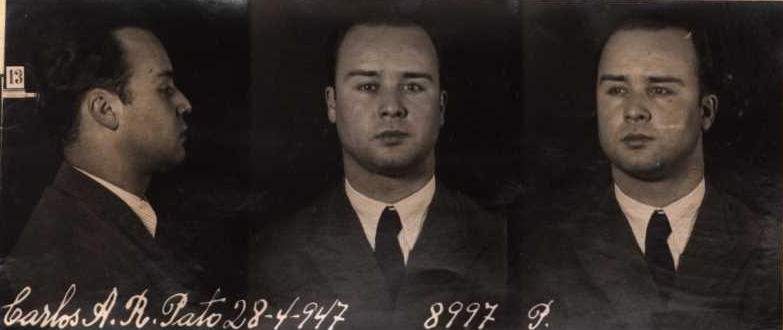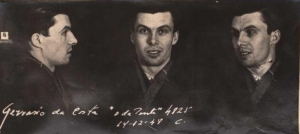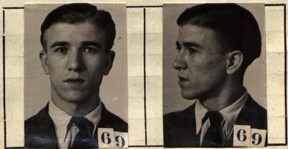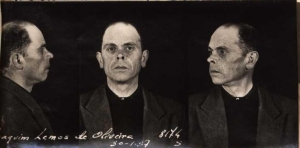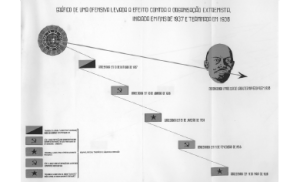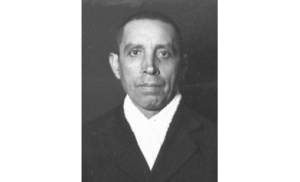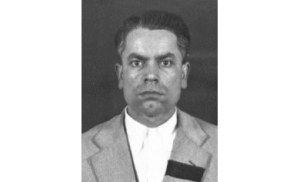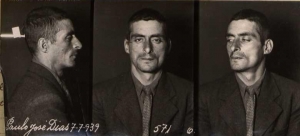Carlos Alberto Rodrigues Pato
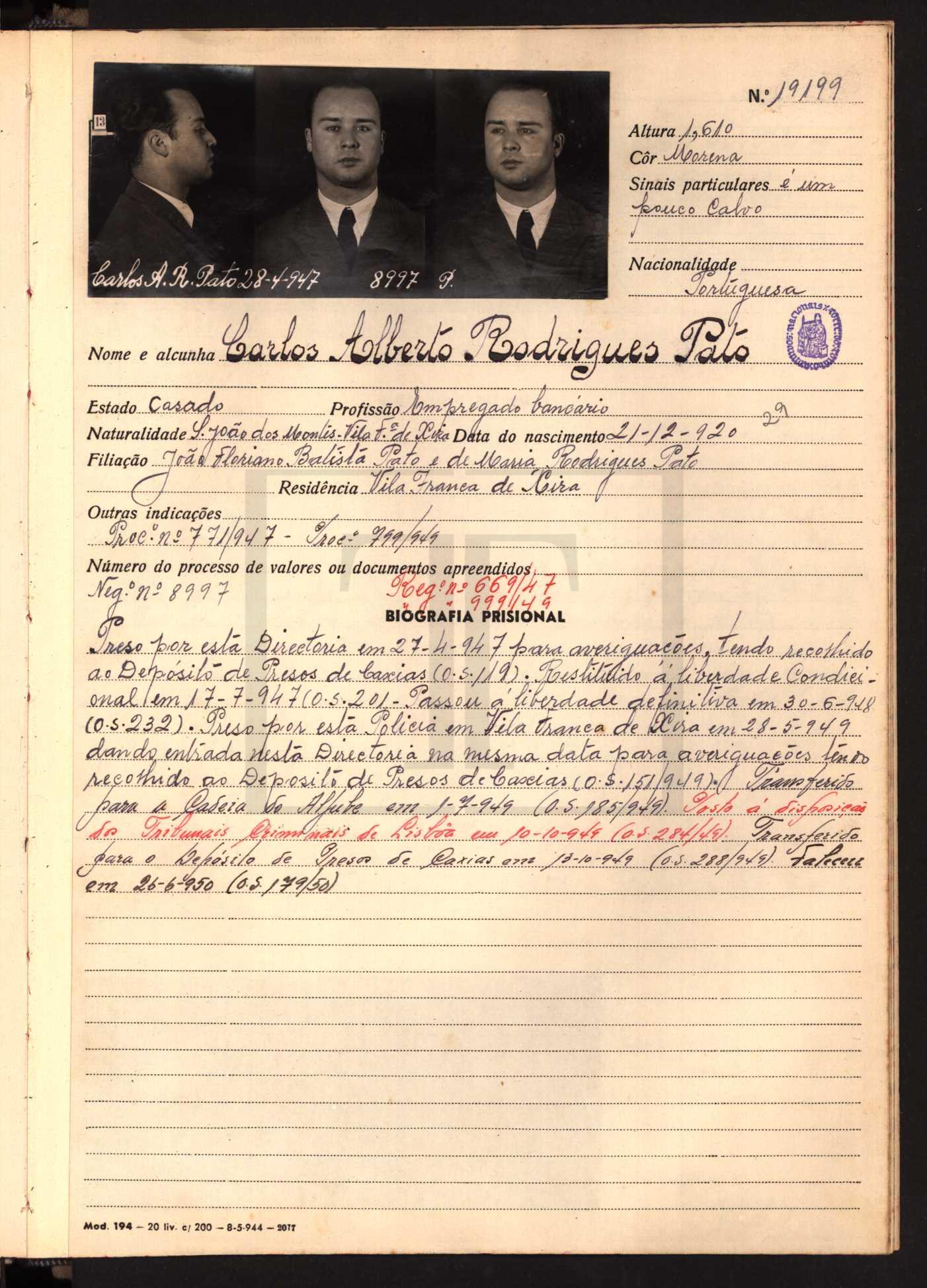
(Vila Franca de Xira, 21-12-1920 – Caxias, 26-06-1950)
Carlos Alberto Rodrigues Pato was born in São João dos Montes, Vila Franca de Xira, on 21 December 1920, although he was only registered in January 1921. The first son of João Floriano Batista Pato and Maria Rodrigues Pato – who spent 25 years visiting her sons, daughters-in-law, and grandchildren in the prisons of the dictatorship, between 1949 and 1974 –, Carlos was the first member of the Pato family to be arrested for political reasons: his two brothers, Octavio and Abel, his sister-in-law Albina, and his nephew, Álvaro, among others.
He attended an evening commercial course at the Colégio Afonso de Albuquerque where he, along with Arquimedes da Silva Santos, was involved in the creation of a School Box to support cultural activities. He participated in the Neorealist movement since 1938, and in the famous boat rides in the Tagus river. Associative leader and president of the Artistic Athenaeum of Vila Franca de Xira between 1945 and 1949, he was an active presence in the local associative and cultural life. He published his first chronicle, “Safra”, in Mensageiro do Ribatejo, in 1939, signing it as Alberto Rodrigues, his middle names, and his text “Valados” was part of the first collective work of the neorealist movement Contos e Poemas de Vários Autores Modernos Portugueses, in 1942. His short stories “Ao receber a jorna…”, “Valados” and “Graxas” were published posthumously in Alguns Contos, with a preface by Alves Redol.
In 1937, at the age of 17, he became a militant of the Portuguese Communist Party (PCP), joined the Local Committee of Vila Franca de Xira and the Regional Committee of Ribatejo and, in the early 1940s, he participated in the party reorganisation. He was responsible for the group of the Movement of Democratic Unity (MUD) of Vila Franca and, in 1948/49, integrated the Commission for the candidacy of general Norton de Matos. A bank employee of a branch of the Banco Nacional Ultramarino (National Overseas Bank) in Vila Franca, he was arrested for the first time for inquiries on 27 April 1947 and taken to the Prison of Caxias. On 1 July 1947, he was released on parole. Eleven months later, on 28 May 1949, he was arrested for the second time and taken back to Prison of Caxias. From July to October, he was incarcerated in the Prison of Aljube. Placed at the disposal of the Criminal Courts of Lisbon, he was again transferred to Caxias.
Death arrived on 26 June 1950, after being brutally tortured, in what was estimated to be 130 hours of statue torture. In atrocious suffering, he was ostensibly refused medical assistance, despite successive and fruitless requests for help from the fourteen fellow prisoners in room 7 of the ground floor of that prison.
It was Arquimedes da Silva Santos, also imprisoned in Caxias, that shared the information with a lawyer who casually visited another detainee, allowing the news of Carlos Pato’s death to be known on the outside. Despite the efforts of the authorities to the contrary, the funeral of Carlos Pato took place in Vila Franca de Xira. Although escorted by the PIDE and in rapid motion to avoid gatherings, a crowd forced the procession to the cemetery to slow down, in an imposing moment of grief.
He was 29 years old and never went to trial. He left a 20-month-old daughter and a seven-year-old son, who he never met.
